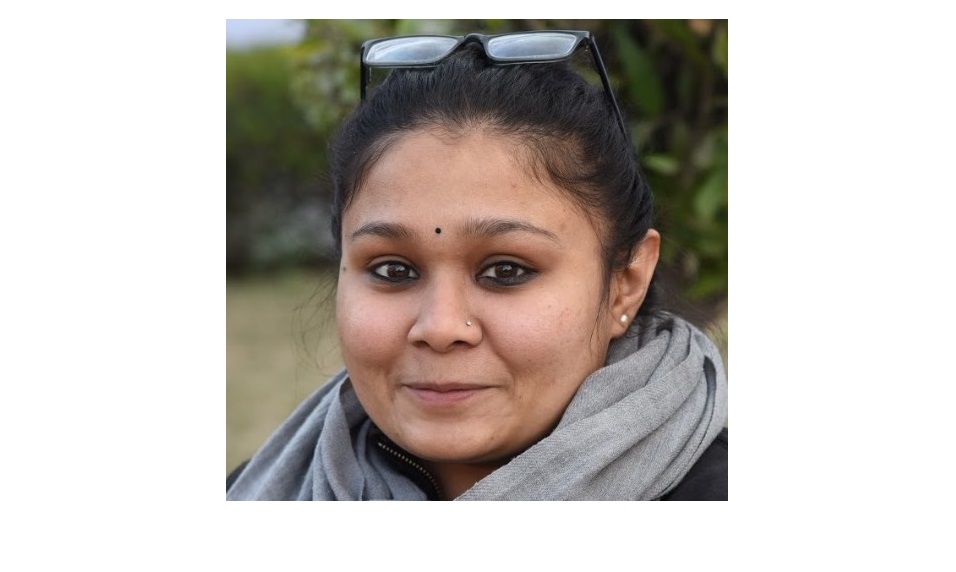
PHD DEFENCE OF MS NEHA
MS Teams
07 Mar, 2022
The viva voce examination of Ms Neha (2016HUZ8171) has been scheduled for Monday, 7 March 2022, 11 am. The title of the thesis is "Essays on Caste Discrimination and School Education in Rural India''. The viva voce shall be conducted online at this link.All are cordially invited.
Abstract
In this thesis, we have three empirical essays investigating issues about caste discrimination and school education in rural India. Each chapter of the thesis attempts to understand why despite the best attempts and promising policy reforms like "Sarva Siksha Abhiyan" (Educational for all) and Right to Education Act 2009, there is a persistence gap in educational outcomes between socially and economically disadvantaged castes groups (provided in a constitutional schedule known as "Scheduled Castes" (SC) and "Scheduled Tribes" (ST)) and general population.
In chapter one, we provide the broad introduction, motivation, and context of the study. In the second chapter, we look into the extent of caste discrimination in the provision of public schools in Indian villages and its effect on educational disparities between social groups. This chapter aims to find the inter-caste differences in the provision of public schools in rural India and whether these differences can be attributed to caste composition at a village level. If there is a systematic gap in the provision of public schools, does it affect the educational outcome? Using census data, we find that there is a systematic bias against socially and economically backward castes in the provision of public schools. The villages dominated by SC/ST population have a lower chance of having public schools compared to the villages inhabited by non-SCST. In 2011, the probability of having a secondary school is almost double (17%) in non-SCST dominated villages compared to SC/ST dominated villages (9%). Also, the students in villages with a high concentration of backward communities travel farther to reach the nearest school. We find that public schools matter for literacy rate, particularly for those villages which are at the lower end of literacy distribution. Our paper exhibits that systematic bias in the provision of public schools explains the gaps in educational outcomes across castes.
In the third chapter, we study the role of the population composition of a village in determining the quality of school facilities in rural India. In particular, we seek to examine if there is any systematic bias in the quality of public schools in a village due to the caste composition of the village and does this systematic bias in quality explains gaps in educational outcomes across castes. We use two parameters to assess the quality of public schools - school infrastructure and teachers' presence. We use school infrastructure facilities and teacher requirement norms as mandated by the Right to Education Act 2009 to construct a school quality index. Using census and District information system for education (DISE) data, we find that the caste composition of a village significantly affects the quality of public schools. Villages inhabited by the higher share of socially backward groups have lower-quality public schools compared to villages inhabited by higher castes. Finally, we find that caste-based differences in quality of public schools partially explains the gaps in educational outcome across social groups. We put our findings from chapter two and three in proper context in chapter fourth using qualitative information obtained from the field survey in rural Uttar Pradesh.
In the fifth chapter, we seek to investigate the role of the dominant caste in a village to explain the gaps in educational outcomes across social groups. Using the recent round of the Indian Human Development Survey (IHDS 2011), we find that village dominance significantly affects the learning outcome of the marginalised castes in rural India. Scheduled castes (SC) children residing in villages dominated by upper-caste (non-SCST) are less likely to obtain a higher score on reading and arithmetic skills compared to a characteristically similar individual living in a village dominated by their same caste. We also find that teacher differential treatment towards the SC kids is an important channel through which village dominance manifests in learning gaps. All else equal, the probability of getting scolded, beaten, and unfairly treated for SC kids is higher in villages dominated by upper castes. Finally, we conclude our work by summarizing the main findings and policy recommendations in chapter sixth.